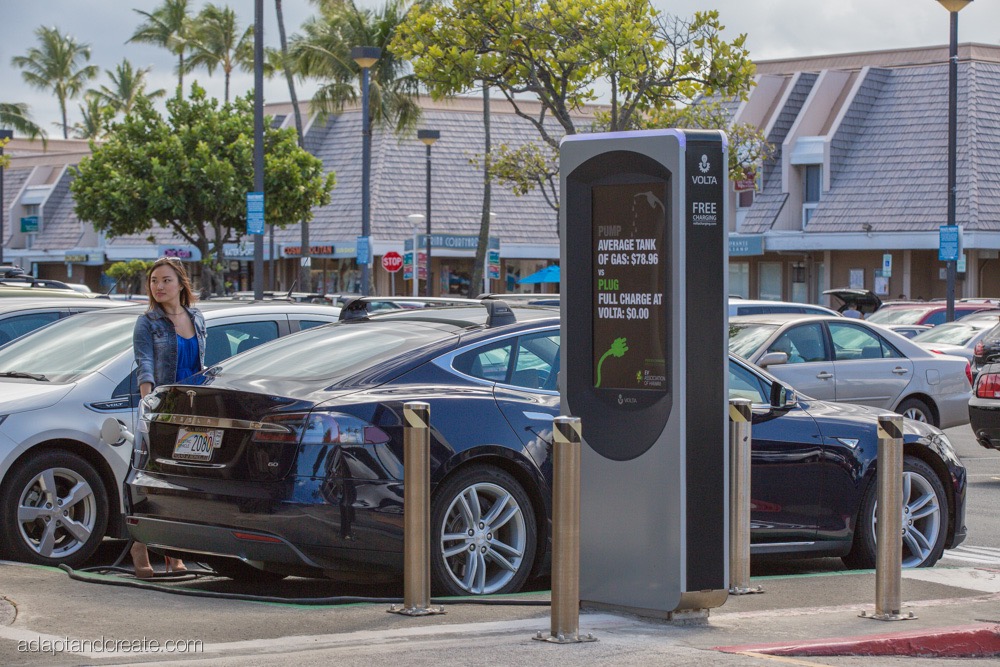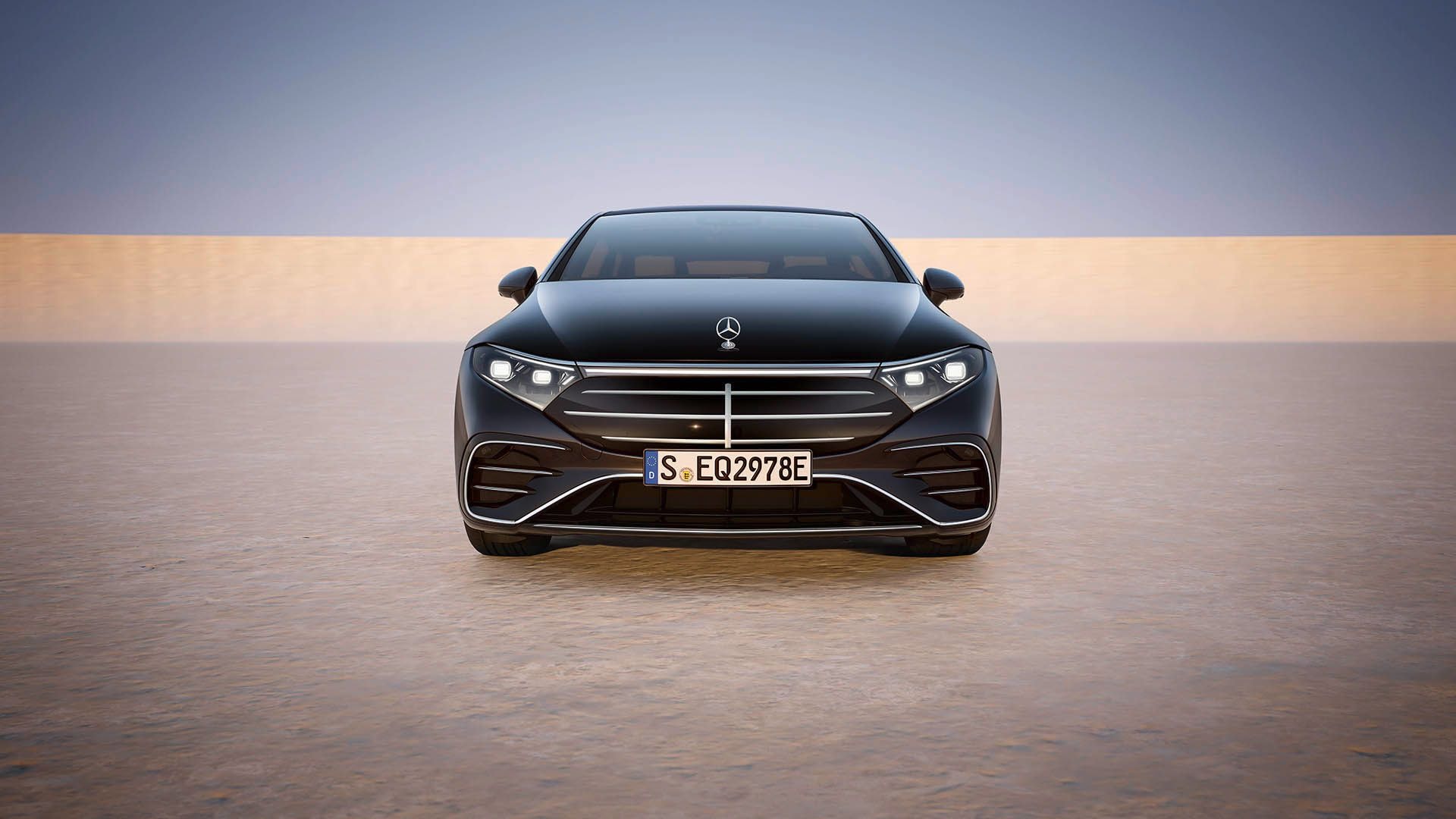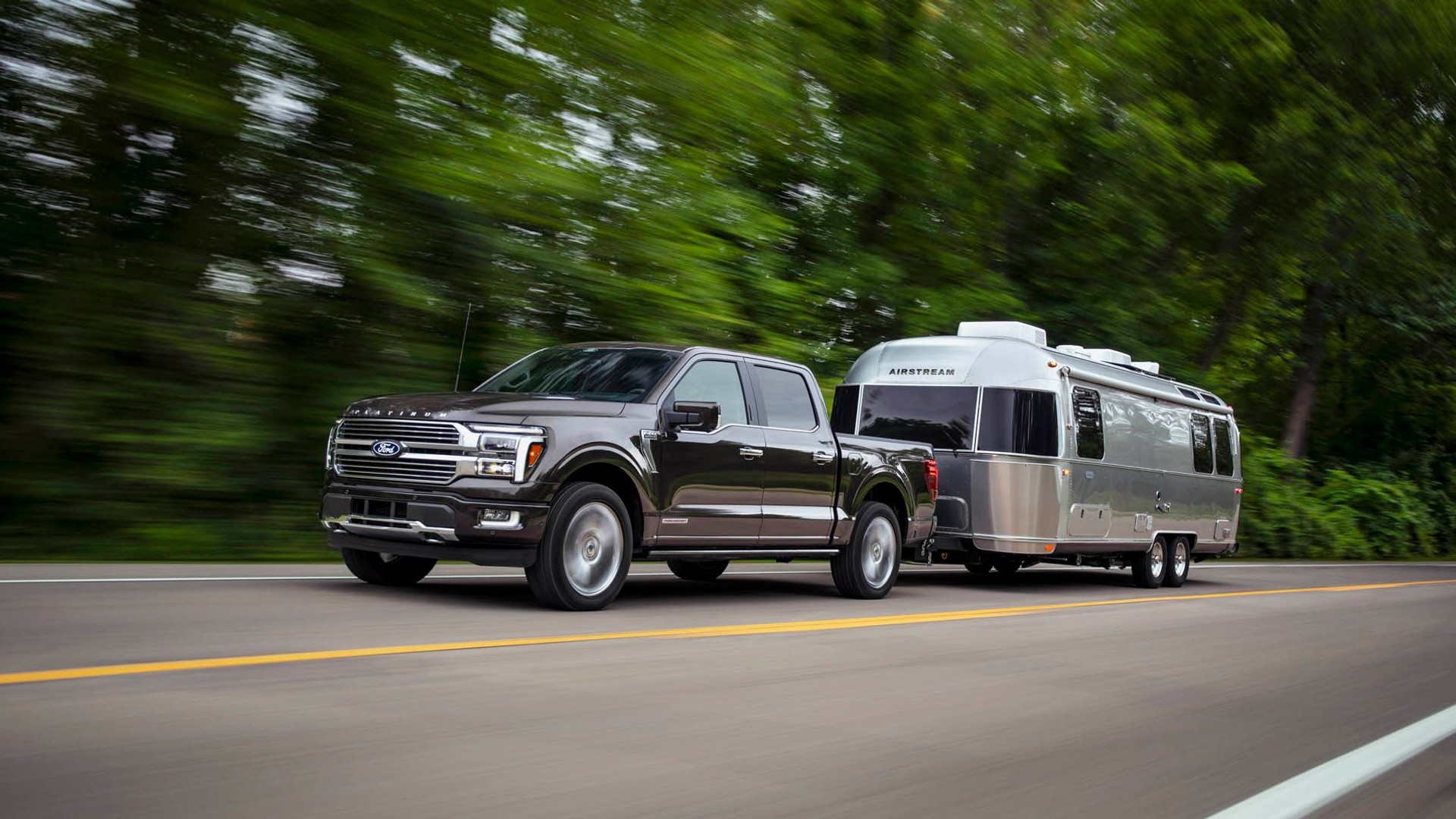A businessman and electric-car fan who imported a Tesla Model S into Singapore has had to pay an additional emission tax on the zero-emission luxury car.
While the Tesla runs solely on batteries and has no tailpipe from which to emit anything, the island state levied the tax to reflect the annual carbon-dioxide emissions of the electricity used to recharge the Model S.
Joe Nguyen, a senior vice-president with an internet research firm, paid more than $400,000 (SGD) for the used Model S, which he bought from a seller in Hong Kong.
DON'T MISS: Tesla Model 3 invitations going out for March 31 debut event
In the end, according to the Straits Times, he ended up paying the tax just to be able to drive the car.
Nguyen spent more than six months simply to get the Model S certified and legal for road use following its arrival in Singapore last July.
Tesla Motors does not import its cars into the country at present, and no Supercharger sites or destination chargers for Teslas exist in Singapore today.

Marina Bay Circuit, home of the Formula One Singapore Grand Prix
Singapore's Land Transport Authority calculated the tax based on an energy consumption of 444 watt-hours per kilometer.
Then "a grid emission factor of 0.5 grams per watt-hour was applied to the electric-energy consumption," said an LTA spokesman, to "account for carbon-dioxide emissions during the electricity generation process."
The resulting emission for the Tesla Model S charged on Singapore's electric grid was thus 222 grams per kilometer.
ALSO SEE: Does The Tesla Model S Electric Car Pollute More Than An SUV? (May 2013)
Under Singapore's system of Carbon-Emission Vehicle fees, that put the electric car into the $15,000 (SGD) surcharge band of the fee structure.
The LTA had applied a similar surcharge to an electric car once before. In that case, the vehicle was a Peugeot Ion (a rebadged Mitsubishi i-MiEV).
That car's lower energy consumption put it into the band that provided a $20,000 (SGD) rebate for the owner.

Tesla Supercharger site with photovoltaic solar panels, Rocklin, California, Feb 2015
Similarly, the high-efficiency BMW i3 electric hatchback and BMW i8 plug-in hybrid sport coupe would both be eligible for a carbon rebate of $30,000 (SGD).
Before he could complete the process of making his imported Tesla street-legal, Nguyen was also required to pledge in writing that he would only recharge his Tesla at his residence.
CHECK OUT: Tesla Model 3: What We Know About Its $35,000, 200-Mile Electric Car
Nguyen suggests that many Singaporeans are interested in the Tesla Model S (and likely future Tesla models as well, including the Model 3 to be unveiled on March 31).
He has posted an "open letter" online complaining both about the onerous certification process and the LTA's carbon surcharge on the zero-emission electric car.
"We don't apply a carbon penalty to people charging their iPhones, do we?" he asked the Straits Times, calling the penalty "stupid."
While islands and smaller nations often offer ideal circumstances for deployment of electric cars, Singapore is not presently among them.

Tesla Model S at Volta Industries charging station
Nanyang Business School adjunct associate professor Zafar Momin suggests that Singapore may be missing the boat on that opportunity.
Case in point? Nguyen's arduous nine-month process simply to make the Tesla he loved legal to drive on the streets of his country.
[hat tip: M Carling]
_______________________________________













